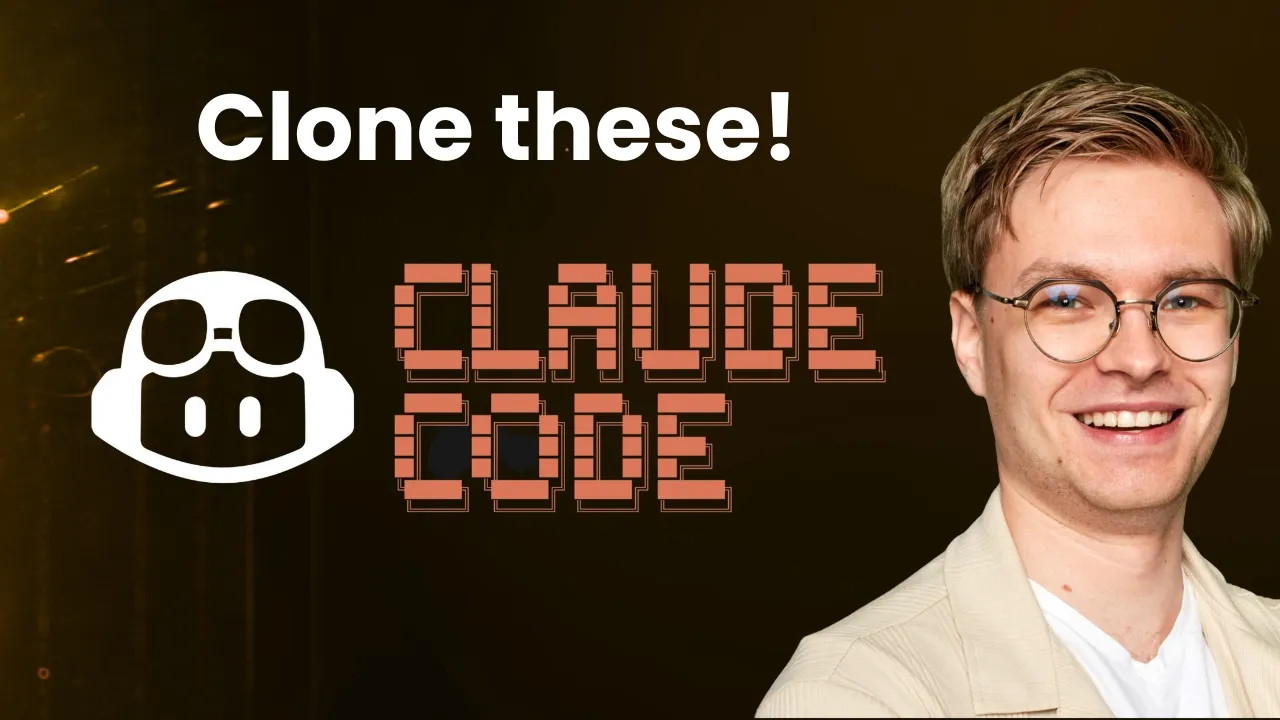Why Open Source AI Projects Beat Tutorial Examples for Learning
There’s a hidden educational goldmine that most people overlook when learning to build AI systems. While everyone’s busy with tutorials and courses, the world’s best AI applications are sharing their secrets in plain sight through open-source repositories. The gap between textbook examples and production reality has never been more accessible to bridge for those following a practical AI engineering career path.
The Surprising Transparency of Modern AI Tools
You might assume that cutting-edge AI tools like GitHub Copilot and Claude Code are completely locked away behind corporate walls. The reality is more nuanced and far more beneficial for learners. While the core AI models remain proprietary—you won’t get access to the raw Claude or GPT models—the surrounding architecture that makes these tools useful is often open source.
This partial transparency reveals something crucial: the real complexity in building AI applications isn’t just in the model. It’s in the integration, the user experience, the tool systems, and the architectural decisions that turn a language model into a product millions can use. These are exactly the parts you need to understand to build your own AI systems.
Production Code Teaches Production Thinking
When you learn from textbook examples, you’re learning in a vacuum. The code is simplified, the edge cases are ignored, and the messy realities of production systems are glossed over. These examples serve a purpose, but they don’t prepare you for building real systems.
Production codebases tell a different story. They show you how experienced teams handle errors, manage state, integrate with existing tools, and scale to millions of users. You see the abstractions that actually matter, the patterns that emerge from real use, and the trade-offs that teams make when building at scale.
Every design decision in a production codebase has been tested by reality. If an architecture pattern exists in a tool used by millions, it’s there because it works—not because it looked good in a diagram or made for a clean example.
The Continuous Evolution Advantage
Traditional learning materials are snapshots frozen in time. By the time a book is published or a course is recorded, the technology has already moved forward. This is especially problematic in AI, where the pace of change makes last year’s best practices feel ancient.
Open-source repositories solve this temporal problem. They’re living documents that evolve with the technology. When new capabilities emerge, you can see exactly how production teams integrate them. When old patterns become obsolete, you watch them get refactored in real time. Your learning stays synchronized with the actual state of the field.
Learning from Tools Used by Millions
There’s a credibility that comes from studying systems with millions of users. These aren’t academic exercises or proof-of-concepts. They’re battle-tested implementations that handle real-world complexity, performance demands, and user expectations.
When you understand how GitHub Copilot structures its multi-agent architecture or how Claude Code implements its tool system, you’re learning patterns validated by extensive real-world use. These insights carry more weight than any theoretical framework because they’ve proven themselves at scale.
Beyond Implementation to Understanding
The real value isn’t in copying code—it’s in understanding why things are built the way they are. Production repositories reveal the thinking behind the implementation. You see how teams separate concerns, manage complexity, and create abstractions that last.
This deeper understanding transcends specific technologies. The principles you extract from studying how Claude Code handles multi-language support or how Copilot manages its tool ecosystem apply to whatever you build next. You’re learning architectural thinking, not just implementation details. These insights become particularly valuable when implementing AI agent development patterns that require sophisticated orchestration.
The Compound Learning Effect
Studying production codebases creates a compound learning effect. Each repository you explore adds to your pattern library. You start recognizing common solutions to recurring problems. You develop intuition about what works at scale and what doesn’t.
This accumulated knowledge from real systems gives you a massive advantage. When you face a new challenge, you’re not starting from scratch or relying on theoretical knowledge. You’re drawing from a library of proven solutions you’ve seen work in production. This practical approach to learning creates compelling examples for your AI engineering portfolio that demonstrate real-world implementation skills.
For a hands-on demonstration of how to leverage these open-source repositories for accelerated learning, watch the full video tutorial on YouTube. I walk through specific examples using GitHub Copilot and Claude Code repositories to show you exactly how to extract maximum learning value from production codebases. Ready to learn from the best? Join the AI Engineering community where we dive deep into production-grade AI systems and share insights from real-world implementations.

